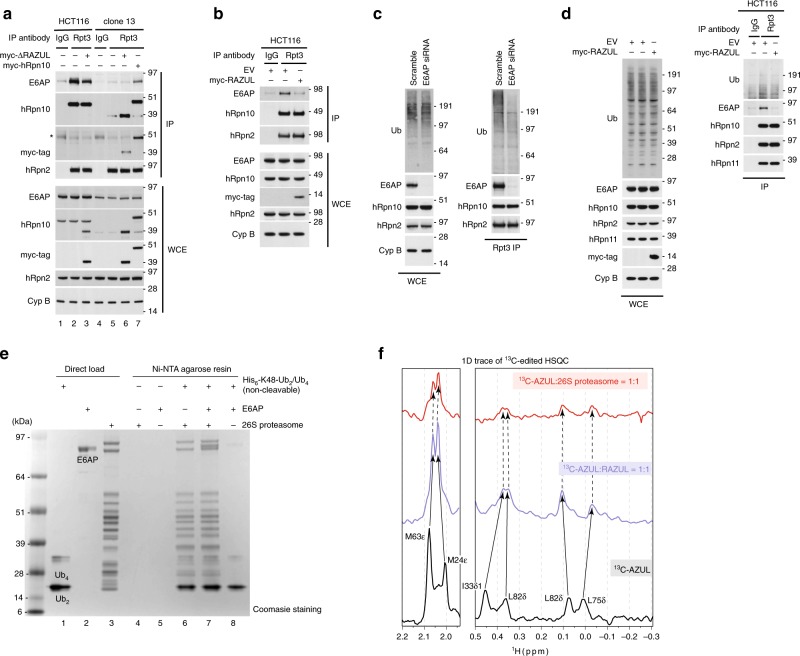Fig. 4. hRpn10 RAZUL contributes E6AP to the proteasome.
a Immunoblots of Rpt3 immunoprecipitates or WCE from HCT116 or clone 13 lysates expressing myc-hRpn10 constructs. An asterisk “*” indicates heavy chain antibody. Cyclophilin B (Cyp B) is used as a loading control for WCE samples in a–c and hRpn2 as a positive control for the immunoprecipitation. IgG controls are included. b, d Immunoblots of Rpt3 or IgG (control) immunoprecipitates or WCE of lysates from HCT116 cells transfected with empty vector (as a control) or myc-hRpn10 RAZUL. c Immunoblots of Rpt3 immunoprecipitates or WCE from lysates of HCT116 cells transfected with a scrambled control or siRNA against E6AP. a–d Antibodies used for immunoprobing are indicated to the left of each panel. e Pull-down assay for a commercially available mixture of His6-tagged, non-cleavable K48-linked Ub2/Ub4 with incubation of human 26S proteasome (lane 6), 26S proteasome with equimolar E6AP (lane 7), or just E6AP (lane 8). E6AP or 26S proteasome was added to Ni-NTA agarose resin as negative controls (lanes 4 and 5). K48-linked Ub2/Ub4, E6AP, and 26S proteasome were loaded directly in lanes 1–3, as indicated. f Selected regions from 1D 13C-edited, 1H NMR experiments acquired at 850 MHz and 25 °C for free 13C-AZUL (black) or mixtures with equimolar unlabeled RAZUL (blue) or 26S proteasome (red). The concentration of each sample was 0.3 μM and 200,000 scans were recorded for each experiment. Source data are provided as a Source Data file.

